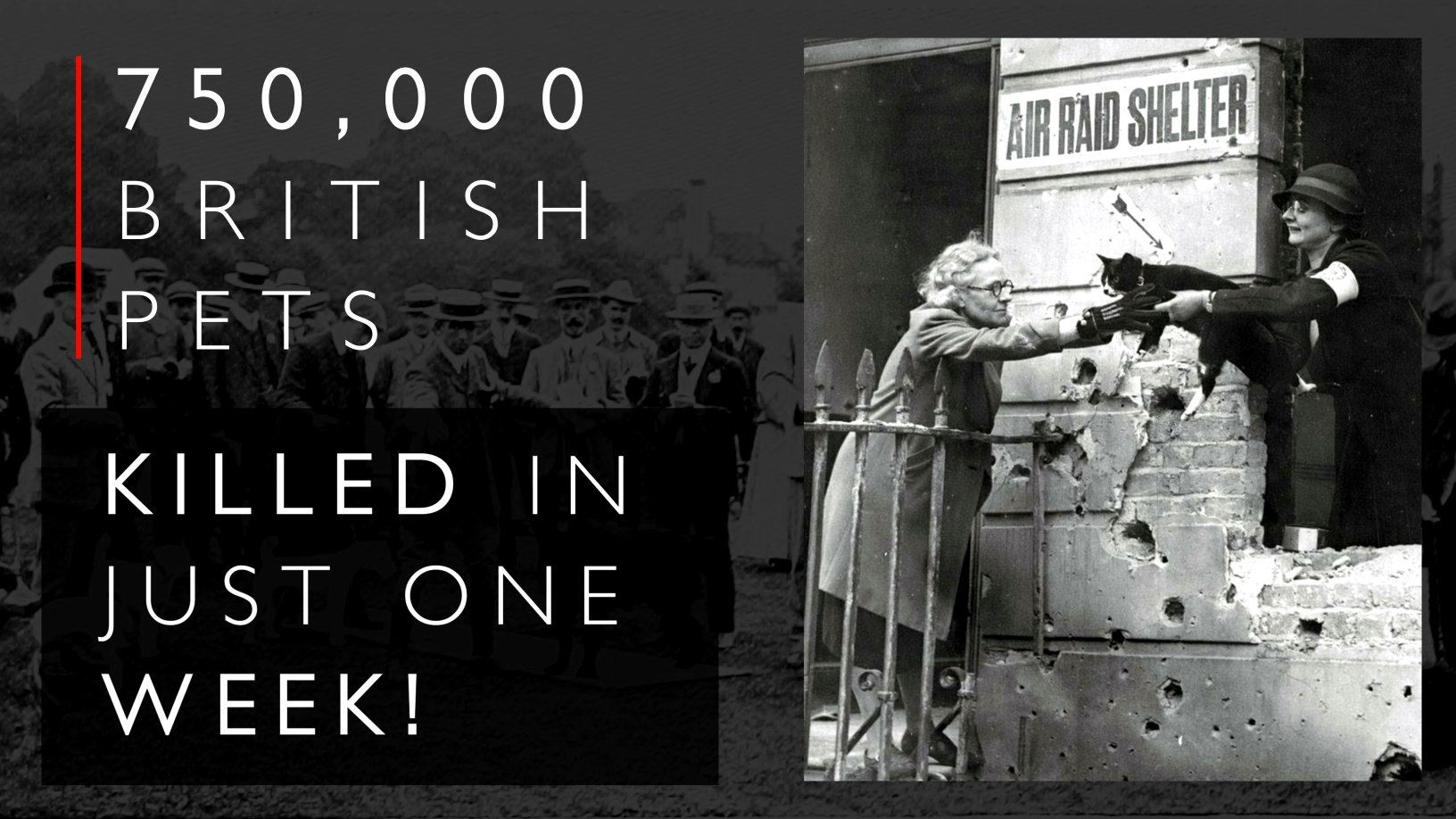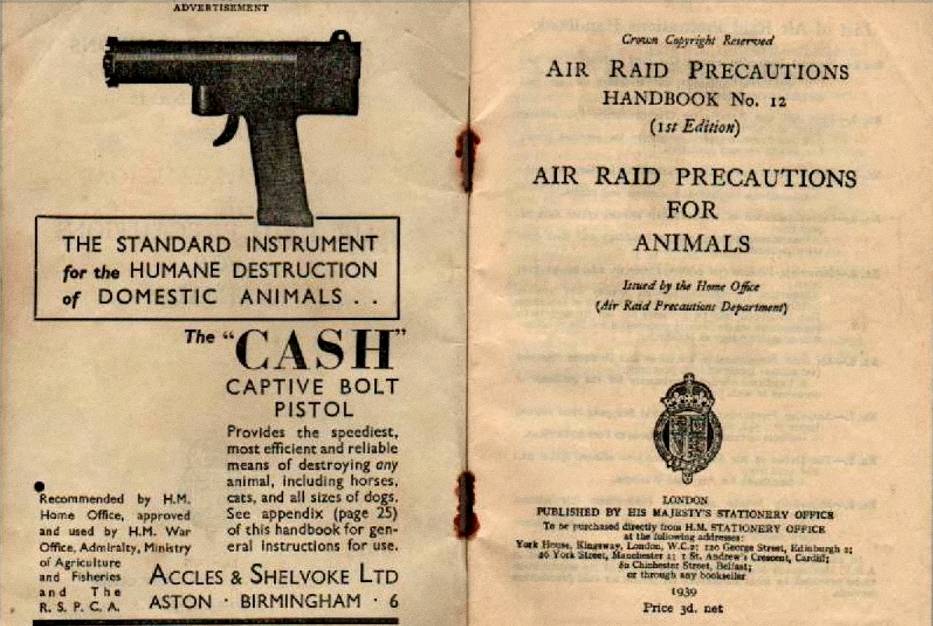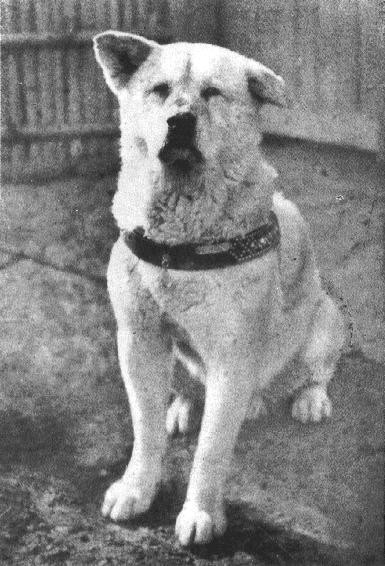We all know about the Holocaust ― the genocide of the European Jews that took place during World War II. Between 1941 and 1945, across German-occupied Europe, Nazi Germany and its collaborators systematically murdered some six million Jews, around two-thirds of Europe’s Jewish population. To this day, it has remained one of the darkest pasts of humanity.

But just before the Holocaust, another similar event occurred in Britain, though this time with pets. In 1939, fearing food shortage during wartime, the British government organized the killing of 750,000 pets across Britain within just one week. Today the tragedy is known as the British Pet Massacre.
The British Pet Massacre of 1939
In 1939 the British Government formed the National Air Raid Precautions Animals Committee (NARPAC) to decide what to do with pets before war breaks out. The committee was worried that when the government will need to ration food, pet owners would decide to split their rations with their pets or leave their pets to starve.
In response to that fear, NARPAC published a pamphlet titled “Advice to Animal Owners.” The pamphlet suggested moving pets from the big cities and into the countryside. It concluded with the statement that “If you cannot place them in the care of neighbours, it really is kindest to have them destroyed.”

The pamphlet also contained an advertisement for a captive bolt pistol that could be used to humanely kill the pet. Humanely! Is there any ‘humanely’ way to kill a pet??
Suddenly, beloved pets, dogs, cats and other animals, were killed by their owners. Long queues formed in an orderly fashion outside countless vet practices throughout the country, dogs on leads and cats in cages, unaware, and uncomprehending, of their sad fate.
Afterwards, the pets’ corpses lay in anonymous heaps outside the vet practices that only weeks before had been used to care for their health and wellbeing.
So sudden and widespread was the slaughter that The National Canine Defence League (NCDL) ran out of chloroform stocks. The incinerators at the People’s Dispensary for Sick Animals (PDSA) ground to a halt with the sheer volume of corpses. The charity provided a meadow in its grounds in Ilford as a pet cemetery, where about 500,000 animals were buried.
Criticisms of the British Pet Massacre
When the war was declared in 1939, many pet owners flocked to pet surgery clinics and animal homes to euthanize their pets. Many veterinarian groups such as the People’s Dispensary for Sick Animals (PDSA) and the Royal Society for the Prevention of Cruelty to Animals (RSPCA) were against these drastic measures, but their hospitals were still flooded with pet owners in the first few days.
When London was bombed in September 1940, even more pet owners rushed to euthanize their pets. “People were worried about the threat of bombing and food shortages, and felt it inappropriate to have the ‘luxury’ of a pet during wartime,” explains Pip Dodd, senior curator at the National Army Museum.
Protests against the pet killings
Many condemned the pet killing acts and some had even protested against it. Battersea Dogs & Cats Home, against the trend, managed to feed and care for 145,000 dogs during the course of the war. A famous advocate against killing pets was Nina Douglas-Hamilton, Duchess of Hamilton, a cat lover, who campaigned against the killing and created her own sanctuary in a heated hangar at Ferne.
Estimates say that over 750,000 pets were killed over the course of the event. Many pet owners, after getting over the fear of bombings and lack of food, regretted killing their pets and blamed the government for starting the mass hysteria.
Final words
This mass slaughter of pets is a tragic, and shameful, episode in British history, that has strangely, in our pet-loving world, largely been forgotten; a closed chapter in British history, and a very sad episode in the “People’s War”. It seems that a collective shame has pushed the tragedy out of people’s minds, as if in the hope that it should never be mentioned again.

Remembering Hachikō, a Japanese Akita dog remembered for his remarkable loyalty to his owner, Hidesaburō Ueno, for whom he continued to wait for over nine years following Ueno’s death. Hachikō was born on November 10, 1923, at a farm near the city of Ōdate, Akita Prefecture.
The sad part is that just for our insecurity feelings, we don’t bother to kill Hachikō again and again. Still now in many countries, socially, politically and ofcourse foolishly the mass killing of animals like stray dogs and cats is generally accepted.




